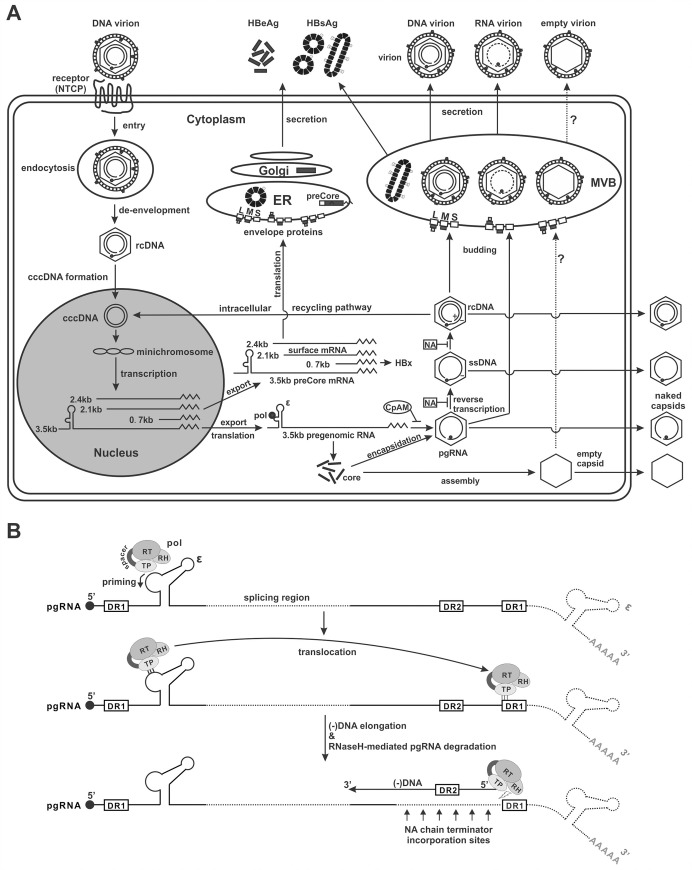Fig 10. The proposed model for serum HBV RNA biogenesis.
(A) The formation and secretion of HBV pgRNA-containing capsid and virion. See Introduction for a brief description of the canonical HBV replication cycle. The cytoplasmic pgRNA is encapsidated with viral polymerase (pol) into capsid, which is enveloped and secreted through cellular MVB pathway to yield the infection-deficient RNA virion, or release to the extracellular environment as naked capsid via an undefined secretory mechanism. Blocking intracellular viral nucleocapsid formation by CpAM diminishes the production of pgRNA-containing particles; the inhibition of viral DNA replication by NA results in intracellular accumulation of pgRNA-containing capsid and may enhance the production of extracellular RNA virions and capsids. (B) The proposed mechanism for generating truncated serum/supernatant HBV pgRNA. Viral polymerase is schematically illustrated and the four major function domains are indicated, specifically the terminal protein (TP) domain, spacer domain, reverse transcriptase (RT) domain, and RNaseH (RH) domain. The unspliced and spliced pgRNA (indicated by internal dotted line) carrying an intact 5’ epsilon motif are packaged into the capsid, with the 3’ portion downstream of DR1 being possibly left outside of the capsid and subsequently removed by cellular ribonuclease(s). Upon DNA priming catalyzed by viral polymerase at 5’ epsilon of the encapsidated pgRNA, the polymerase carries nascent DNA and translocates to the 3’ DR1 to initiate the minus-strand DNA elongation. The reverse transcription of pgRNA generates DNA:RNA hybrid and the RNA moiety is degraded by the RNaseH endonuclease activity of viral polymerase. The NA treatment stops viral DNA synthesis at various corresponding nucleotide positions downstream of DR1 due to its chain terminator effect, which results in further trimming of the 3’ end of capsid pgRNA at positions upstream of 3’ DR1 by HBV RNaseH. See text for more details.

